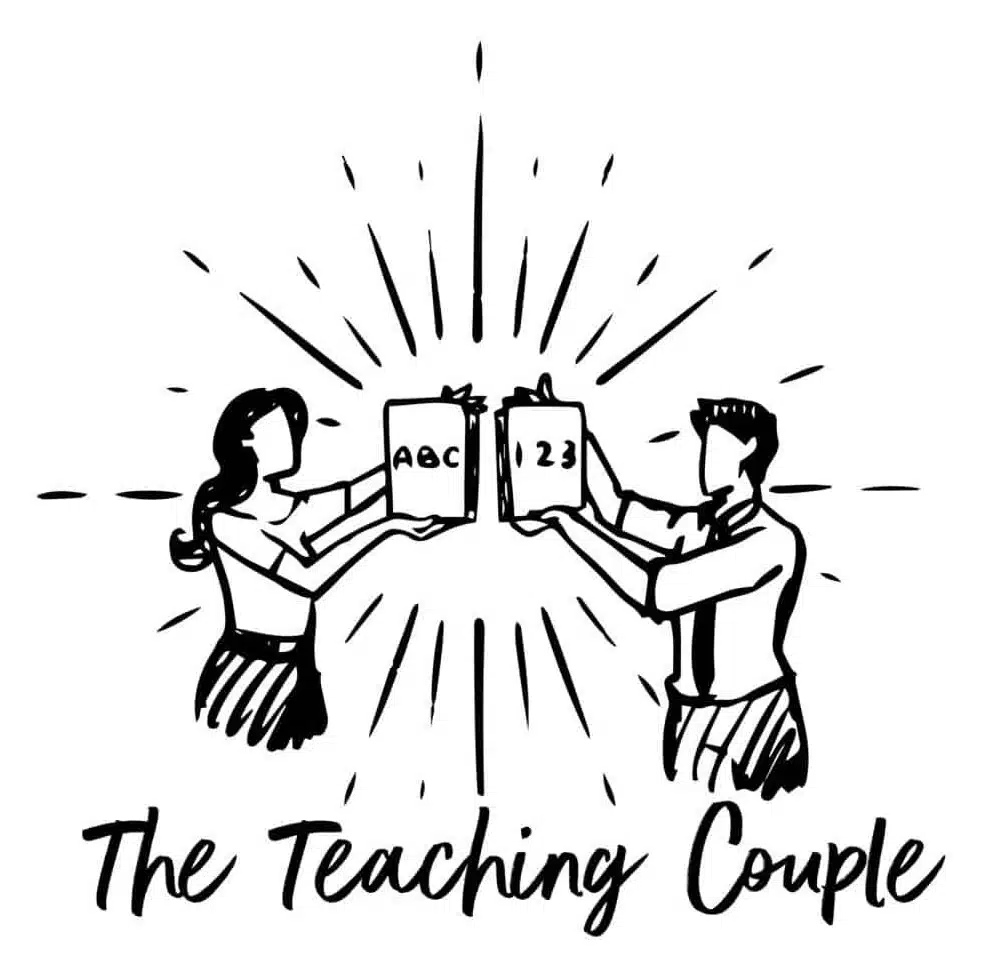An Introduction to Islam: A Guide for Kids, Parents, and Teachers
Hello, wonderful educators and parents! Learning about different world religions is a beautiful way to help our children build understanding, respect, and kindness for the diverse communities around them. Today, we’re taking a gentle and respectful look at Islam, one of the world’s major faiths.
This guide is designed to be the perfect companion to our “An Introduction to Islam” presentation, which you can find embedded on this page. Together, we’ll explore the core beliefs, important practices, and rich community life of Muslims, and discover some practical ways to teach this topic in a sensitive and engaging way in your classroom.
The Core Beliefs of Islam
Islam is one of the largest religions in the world, and its followers are called Muslims. The faith is built on a foundation of core beliefs.
Tawhid: The Belief in One God, Allah
At the very heart of Islam is the belief in one, and only one, God. Muslims call God Allah, the Arabic word for God. Muslims believe Allah is the creator of everything, is all-powerful and all-merciful, and is the only one worthy of worship.
The Prophet Muhammad (peace be upon him) and the Qur’an
Muslims believe that Allah sent many prophets throughout history to guide people. The last and final prophet is believed to be Muhammad (peace be upon him). He lived in the city of Mecca and received Allah’s final message, which was recorded in the holy book of Islam, the Qur’an. The Qur’an, written in Arabic, provides guidance on how to live a life of kindness, honesty, and respect. To show respect for this sacred text, Muslims perform a ritual washing called Wudu before reading it.
The Five Pillars of Islam: A Guide to Muslim Life
The most important duties and practices for Muslims are known as the Five Pillars of Islam. Just like pillars that hold up a building, these five acts support a Muslim’s faith and guide their daily life.
- Shahadah (Faith): This is the declaration of faith, which states that “There is no god but Allah, and Muhammad is His messenger.” This is the core belief that unites all Muslims.
- Salah (Prayer): Muslims pray five times every day. When they pray, they face the holy city of Makkah to show unity and respect. These prayers are a special time to connect with Allah throughout the day. Prayers are often performed in a mosque, a special place for worship and community gatherings.
- Zakat (Charity): This is the practice of giving a small part of one’s wealth (2.5%) each year to help people in need. Zakat teaches Muslims to be thankful and to share with others, promoting kindness and fairness.
- Sawm (Fasting): During the holy month of Ramadan, Muslims fast from dawn until sunset. This means they do not eat or drink during daylight hours. Fasting helps them practice self-control and feel closer to Allah. After sunset, families share a special meal together called Iftar.
- Hajj (Pilgrimage): Hajj is a special pilgrimage to the holy city of Makkah in Saudi Arabia. Every Muslim who is able to should make this journey at least once in their life. During Hajj, pilgrims wear simple white clothes called Ihram to show equality. They perform rituals at the Kaaba, a cube-shaped building believed to be the first house of worship built for Allah.
The Ummah: A Worldwide Community
The Ummah is the name for the global community of all Muslims. It’s like one big family that shares the same faith. This idea reminds Muslims to care for and help one another, no matter where in the world they live.
How to Teach About Islam Respectfully in Your Classroom
Teaching about any religion requires sensitivity and a focus on understanding. Here are a few ideas for exploring Islam with your students:
- Focus on the Five Pillars: Have the children trace their hands and label each of the five fingers with one of the pillars. They can draw a small symbol for each one (e.g., hands praying for Salah, a heart for Zakat).
- Explore Geometric Art: In Islamic art, beautiful and complex geometric patterns are often used to decorate mosques and other items. This is a fantastic cross-curricular link with art and maths. Let children create their own patterns using compasses, rulers, and coloured pencils.
- Learn About Ramadan: Discuss the ideas of empathy and self-control. Create a class “Good Deeds Calendar” where children can record acts of kindness they have done or seen during the month.
- Look at a Prayer Mat: If possible, show the children a real prayer mat. Discuss its features—how it’s often beautifully decorated but has no images of people or animals, and how it provides a clean space for prayer.
- Invite a Guest Speaker: If it’s appropriate for your school community, inviting a Muslim parent or a local faith leader to talk about their beliefs and practices can be a powerful and positive experience for children.
By learning about different faiths and cultures, we teach our children to be kind, respectful, and curious citizens of the world. We hope this guide helps you on that journey. For a full visual overview, be sure to use our “An Introduction to Islam” presentation!

